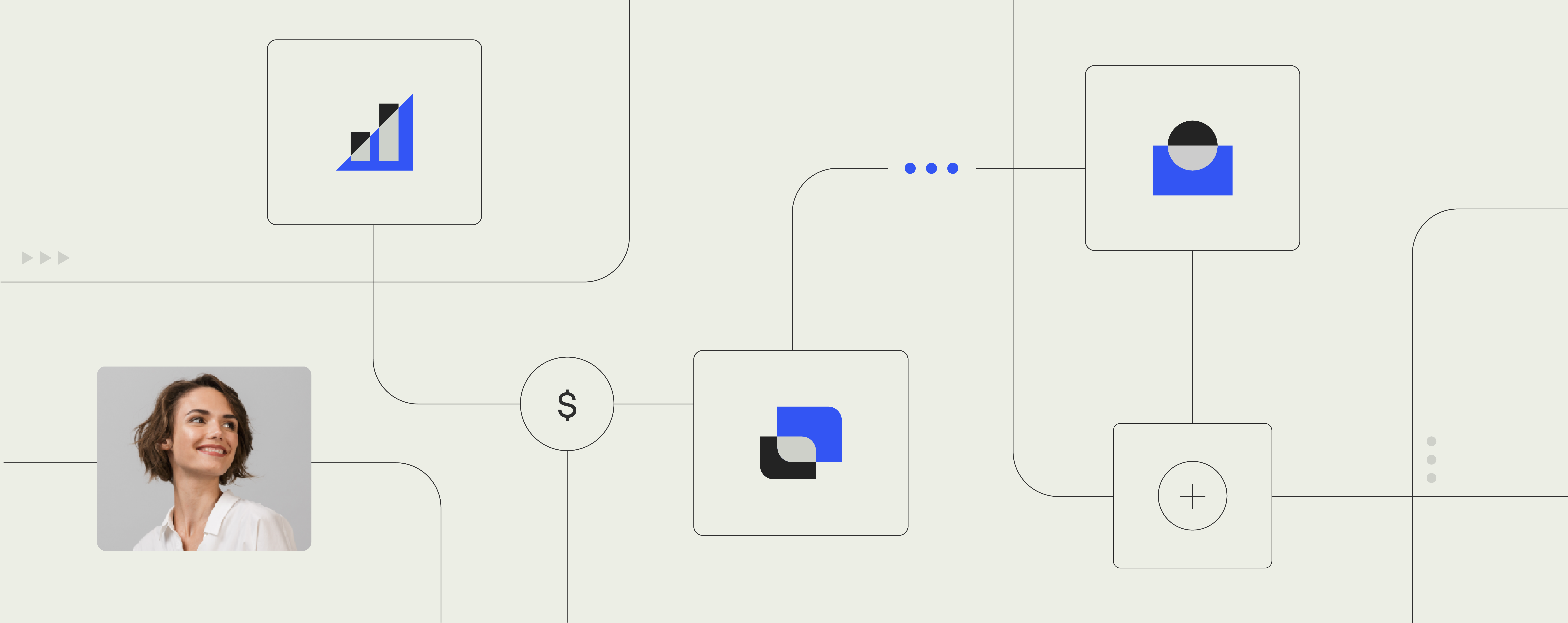Traditional data backup or cloud-based disaster recovery (cloud DR)?

It might be your worst nightmare. A server overheats and starts a fire that wipes out your computer room before the sprinkler system kicks in, leaving a trail of destruction and chaos. Overnight, you’ve lost facilities, hardware, network and data.
Data disruptions pose an existential threat and unpredictable risk for any business, no matter if they result from natural disasters, power outages or other service interruptions. While you can replace hardware and networks and move facilities to a new location, there is one thing you simply cannot afford to lose – your company data.
Have you ever thought about what would happen if the lights went out and all your data was destroyed in a single blow?
Disaster recovery – past and present
Disasters might strike at any time. Natural catastrophes like earthquakes, floods or hurricanes, but also bugs, computer viruses and unauthorized network intrusion constitute an incalculable reality for today’s businesses. Even a simple power blackout caused by construction work in the company’s parking lot bears the risk of shutting down critical applications and workflows unexpectedly, most likely resulting in the loss of documents, databases and file systems vital to your company.
Traditionally, businesses have spent hundreds of thousands of dollars on disaster prevention and recovery strategies using in-house server solutions. Over the past decade, however, disaster recovery has undergone a radical transition.
The arrival of cloud computing and virtualization, along with associated data protection challenges in corporate business environments, are prompting companies to change the way they think about disaster recovery.
While once many precious in-house IT resources were required to make complex disaster recovery solutions work, today’s cloud-based disaster recovery as a service is much smarter.
Traditional disaster recovery
Skip back a couple of years.
Imagine enterprise X has a vast number of employees working at offices scattered across the globe, all interconnected through the corporate intranet. The entire software infrastructure, all accounts, data, documents and processes are centrally hosted in the company’s in-house data center comprising hundreds to thousands of servers.
If the primary site encounters a severe power outage, the local offices will be heavily affected as network connections are interrupted, files and folders become inaccessible, user account control breaks down and documents or emails staff work on in that moment are lost forever.
To guard against such scenarios, enterprise X has invested significantly in service contracts for backup and recovery. Data and systems are completely or incrementally backed up on a day-by-day basis, and backups are migrated to a secondary offsite facility, where plenty of IT experts keep the copies in a state of all-time readiness.
Unfortunately, traditional disaster recovery comes with high costs – with respect to time as well as monetary resources for infrastructure and personnel:
- Recovery is slow. Traditional recovery time ranges from a couple of days to weeks. To restore the last known state of the data center, each server node has to be re-initiated, with tedious installations of the base operating system and the entire application software, including all updates and patches. On top, the entire network configuration has to be restored matching the original settings, including VLANs, VPNs, DNS and firewall rules. Only then the actual backup can be loaded, either incrementally or at once including all databases, user accounts, documents and other elements in their latest state. If the last backup was done several days or weeks ago, recovery can become a lengthy and time-consuming process. For each hour of downtime, companies stand to lose tens of thousands of dollars.
- Only software can be recovered. While you can backup and restore bits and bytes, you cannot easily backup hardware. If the infrastructure at the central site was completely destroyed, new hardware has to be ordered – apart from costly downtime, this can become quite an issue if devices, routers and server nodes are not available anymore and an upgrade is mandatory.
- Recovery is prone to error. Recovery from backup tapes has failure rates up to 40% when the files are not restored to the same infrastructure as the original backup was made from.
Smart disaster recovery using the cloud (cloud DR)
Now fast forward in time.
Cloud-based disaster recovery takes a radically different approach from conventional procedures. Based on virtualization, the entire server infrastructure (including operating system, user profiles and rights management, applications, patches and data) is encapsulated into virtual servers.
Since virtual servers are hardware agnostic, the entire infrastructure can be safely migrated across multiple data centers at a fraction of the cost. At the same time, all corporate data, files and folders are stored in online cloud clusters all across the globe, reducing server fallout times and data loss due to decentralized data management.
Cloud-based disaster recovery has several beneficial implications:
- Continuous backup and recovery possible. As the entire infrastructure and all files are constantly stored in the cloud, recovery can be done continuously without having to assume data loss. If the connection to the server breaks down, you simply restart the connection from another device.
- Recovery is faster. Server recovery time can be significantly shortened as virtual servers can be reinitialized near-instantaneously.
- Recovery is flexible. Virtual servers can be installed on any host system. Replicating systems can be done by fewer IT experts in less time, which gets you back to speed faster.
- Scalable environment. Virtualization doesn’t depend on hardware, which allows businesses to scale their efforts flexibly dependent on required resources.
How does Templafy manage disaster recovery?
Templafy does not require any backup servers as it runs within the MS Azure Platform, where applications and services are built, deployed and managed through a global network of Microsoft-managed datacenters. In the unlikely event of a blackout at one site, failovers to alternative datacenters are triggered automatically without discontinuities in workflows or disruptions in service for all our customers around the globe.
As Templafy is continuously improved by our development team and automatically deployed from Visual Studio Online, the latest version of the application, as well as all of your data, is available 24/7.
Templafy is the simple way to manage and share company templates. On-brand, compliant and personalized for every employee.


